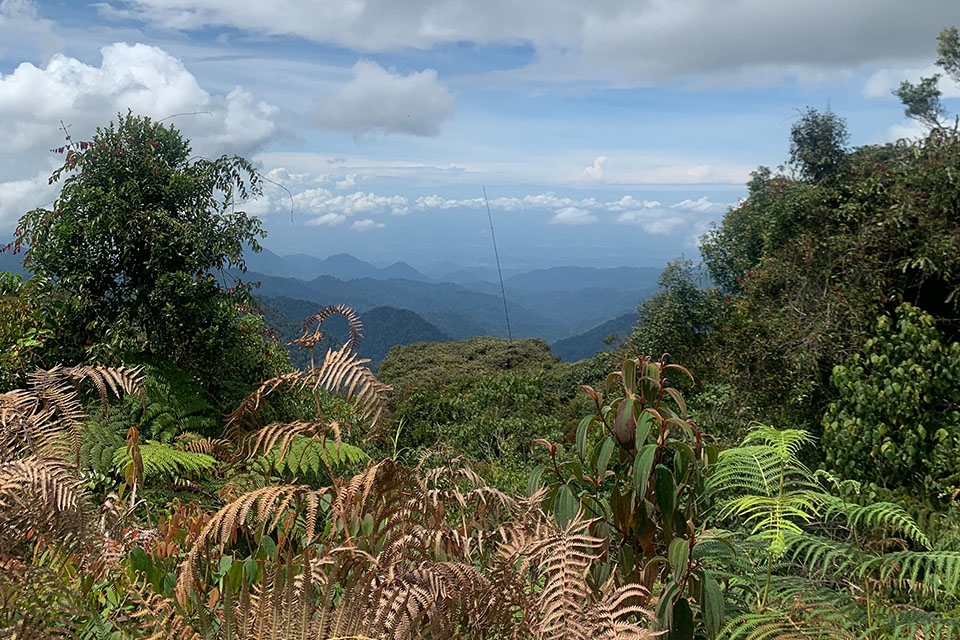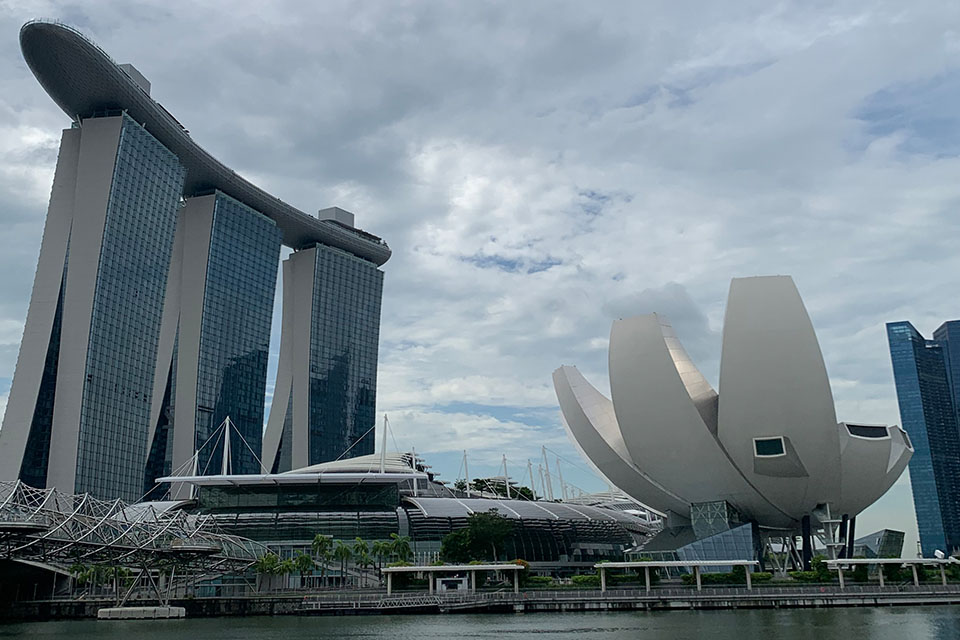Most Singaporeans will tell you that Singapore is small; at 280 square miles, it doesn’t provide much space for a population of 5 million. I, like
most people, was more than happy to accept this fact at face value. That is until I had an opportunity to walk across Singapore’s Coast to Coast Trail.
Waking up at five to catch the first bus from the terminal was not how I envisioned the start of my Sunday. Two buses later and four other Exchangers and I arrived at the Jurong Lake Gardens just as the sun was beginning to rise. The supposed 36 kilometer trail across the whole country seemed a daunting task — especially as the first checkpoint showed how far we still had to cover — but one foot in front of the other we made our way.
Though we didn’t realize it at the beginning, it would end up taking us sixteen hours and 45 kilometers until we reached the end of our journey, making our initial goal of 8 hours seem fairly unreasonable. Throughout our walk through the streets and parks of Singapore I had ample time to focus on the journey taken this semester. Only weeks ago, the vast expanse of government housing we were passing through would have seemed foreign and unknowable. Now it seemed almost as familiar as the mid-afternoon rains we ducked into a McDonalds to avoid.
The whole trail was a deep insight into the variety of Singapore: a modern city-state with ample space for natural reserves and green space. Roaming throughout this metropolis, we spotted chickens, wild boars, monkeys, spiders, and owls. At the same time, we saw the construction of hundreds of new apartment buildings to accommodate the growing population. Throughout my exchange at the National University of Singapore (NUS), the efficiency of the Singaporean government had been emphasized repeatedly. From cars to housing to education, Singapore prided itself on its fast industrialization and modernization. Nowhere is that more evident than in the ongoing development and maintenance of the state that can be seen island-wide.
In a country that tags and identifies every tree in its parks and along the roads, it’s no surprise that infrastructure is a priority. Experiencing neighborhood after neighborhood of development illuminated the depth of life in Singapore, expanding far beyond the physical. The cultural diversity of the country shined through as we made our way through community centers, hawker stalls, and different areas. With only a few kilometers left in the trail and in need of a good rest, we sprawled out in one of the last remaining empty fields of Singapore. A line of apartment buildings separated one of the last areas left to develop into from the rest of the city. In a decade I’m confident this open space will be turned into much-needed buildings. But for now, it’s confirmed our achievements: a marathon across Singapore.
Although I was grateful for the experience of seeing Singapore in such an intimate manner, when we arrived at the gates of our final checkpoint, Coney Island, I was primarily concerned with how good sitting back in my dorm would feel after this adventure. Too late to catch the last bus, we grabbed a rideshare back to NUS.
Sophie Rice
GW Exchange National University of Singapore
Spring 2023
Elliott School of International Affairs
International Affairs Major
GW Global Bachelor's Student, Belfast Cohort Semester



